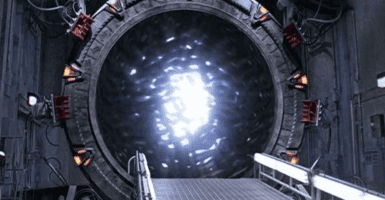NASA Rover Accidentally Makes Mind-Blowing Discovery On Mars
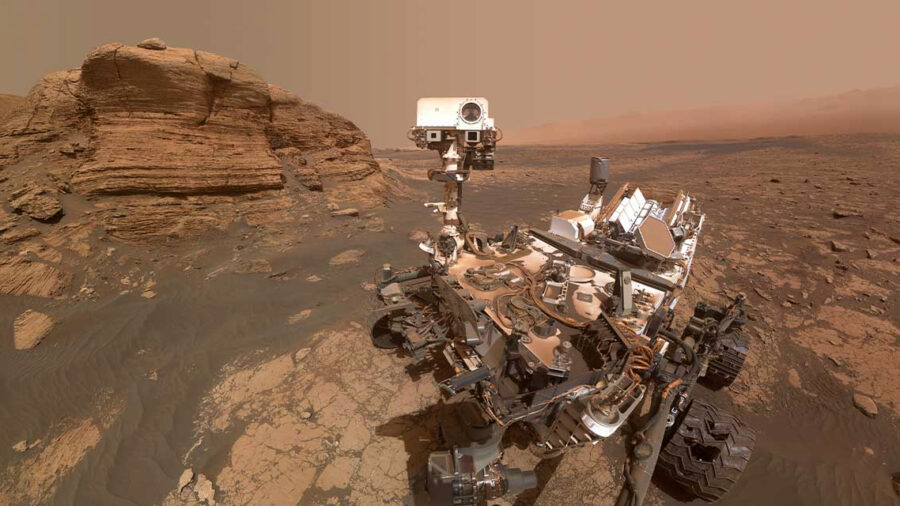
While we are still likely quite a few years away from astronauts being able to do any significant exploration on Mars in person, that is not stopping exploration from happening via robots. NASA’s Curiosity Rover is currently roaming the surface of Mars to investigate what can be found on the planet and it recently made an exciting discovery: yellow crystals inside the rocks on Mars.
Pure Sulfur Littering The Red Planet
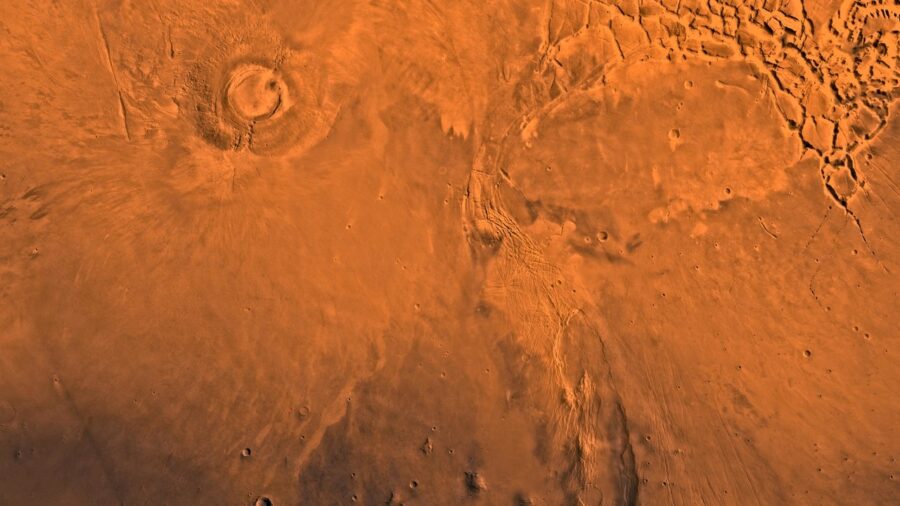
Scientists were quick to realize what the Rover had stumbled across must be pure sulfur crystals, something that had previously been undiscovered on the planet. The robots that have been sent to the planet thus far have not done much in the way of excavation, so there were no hints that Mars was hiding these yellow crystals beneath its surface. Scientists say that this discovery is not just fascinating for learning something new, but also for learning something that they have no logical explanation for.
Next Steps: Unraveling The Mystery
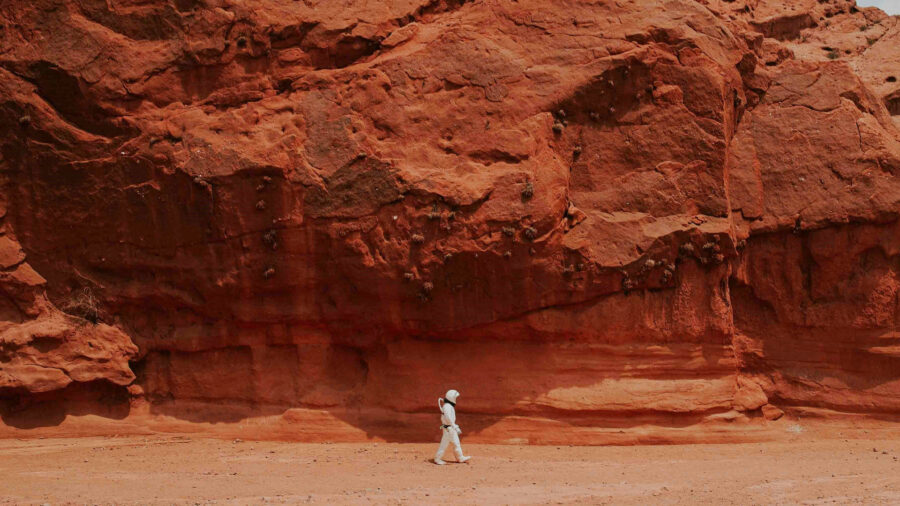
Ashwin Vasavada works for NASA’s Jet Propulsion Laboratory in Southern California and is one of the scientists on the Curiosity Rover project. Ashwin said, “Finding a field of stones made of pure sulfur is like finding an oasis in the desert.”
Such formations are not something we see on Earth, so Ashwin and the other scientists expressed great excitement about Mars having these yellow crystals. “It shouldn’t be there, so now we have to explain it. Discovering strange and unexpected things is what makes planetary exploration so exciting.”
Not A Rare Occurrence
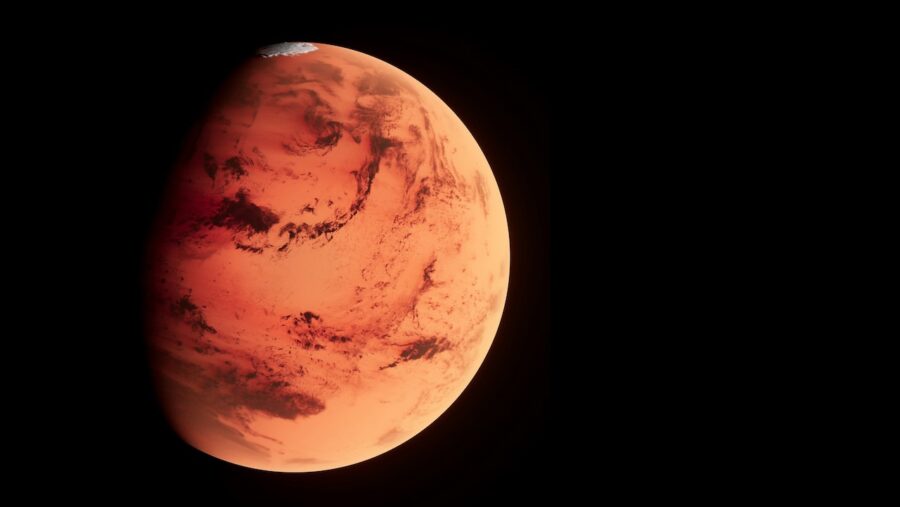
And evidently this discovery is not the Rover happening upon a rarity. Scientists say through the Rover they found an entire field of brightly colored rocks that look just like the one that cracked open to reveal the first find of sulfur crystals. So now scientists theorize that Mars may indeed have an abundance of the yellow crystals scattered across its surface.
While the scientists can not be there in person to collect samples, fortunately the Curiosity does come equipped with tools that allow it to bore. Upon finding rocks that were stable enough for the robot to extract from, the Curiosity harvested some of Mars’ yellow crystals so that scientists can take the time to examine them in more depth. The Curiosity has a compartment inside of it where it can keep such finds.
Evidence Of Water Channels?
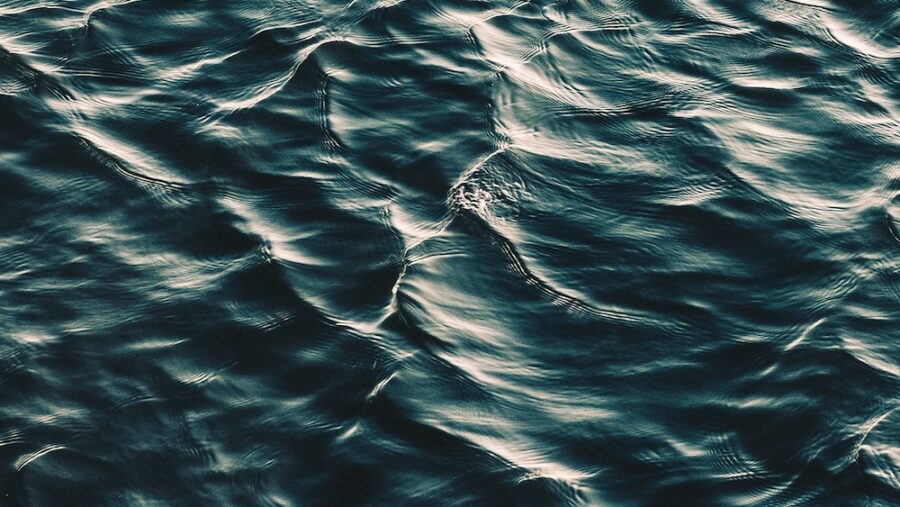
Even with such an intriguing find now gathered, the mission of the Curiosity is still not finished. It is now being guided away from the sulfur crystal channel to go in search of even more new finds on the red planet. Exploration on Mars has been relatively limited in our history thus far, so there is no doubt far more to discover even beyond the captivating yellow crystals that were discovered.
The particular channel where the pure sulfur was discovered had already been of interest to scientists due to the unusual formation of rock debris in the area. They believe it must have been formed by being violently shifted, which leads scientists to think that it was caused by Mars once having water that washed the rocks into their current locations. Beyond Mars having the yellow crystals, the rock formations in the channel also suggest Mars once had raging floodwaters.
Research Has Just Begun
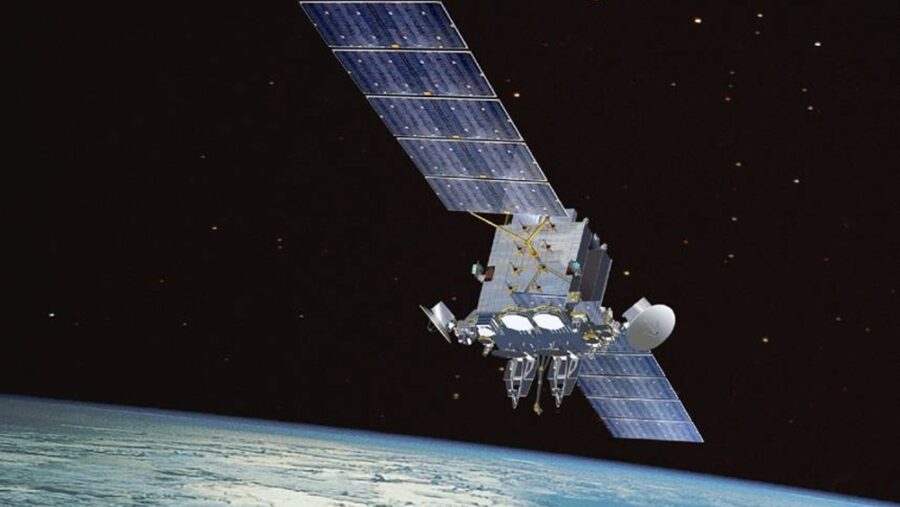
Curiosity only arrived on Mars earlier in the year, but the discovery of the yellow sulfur crystals alone sounds like it has made the trip worth it. However, its expedition is not done yet, and scientists are enthusiastic to see what other details about the history of the planet they can decipher.
Source: Jet Propulsion Laboratory



